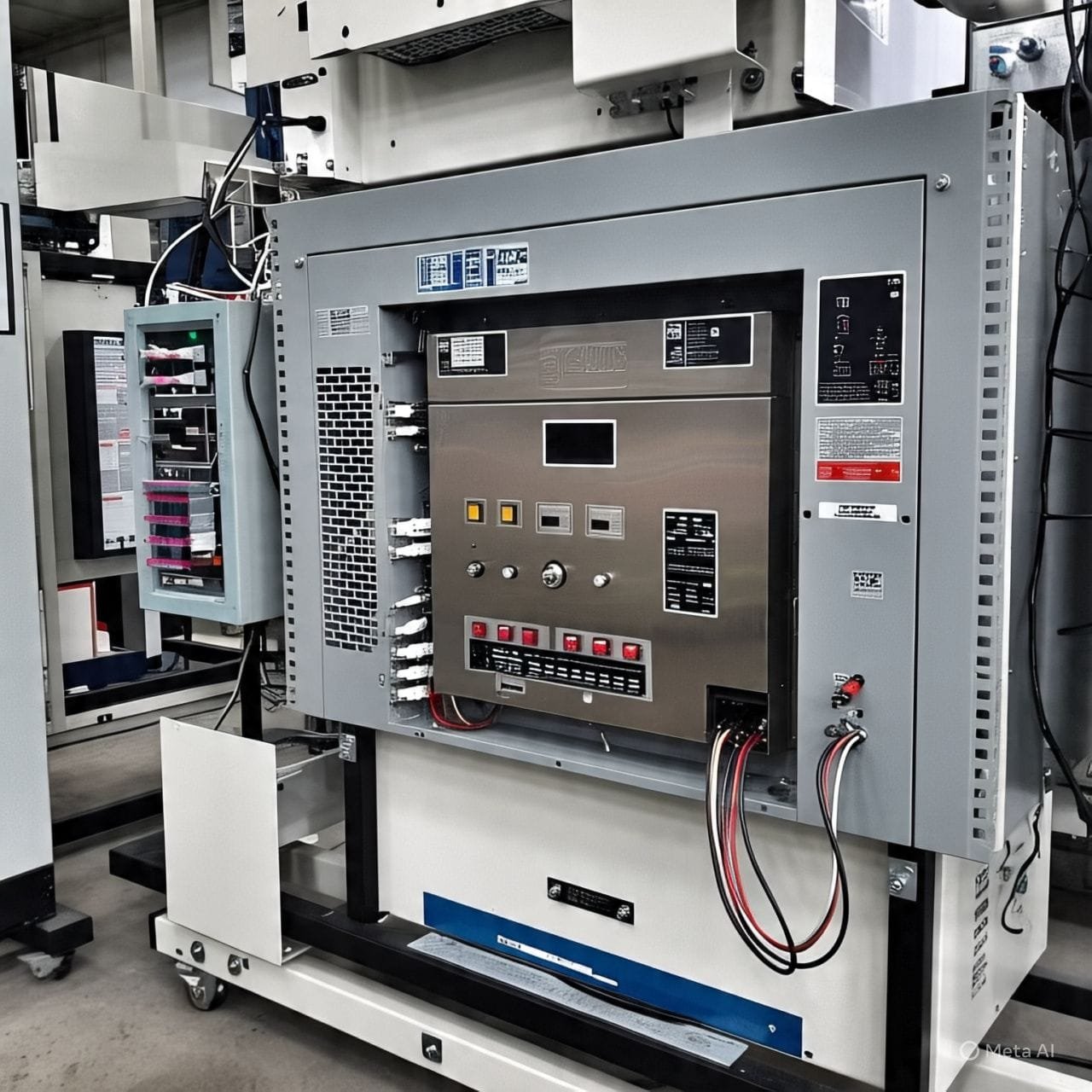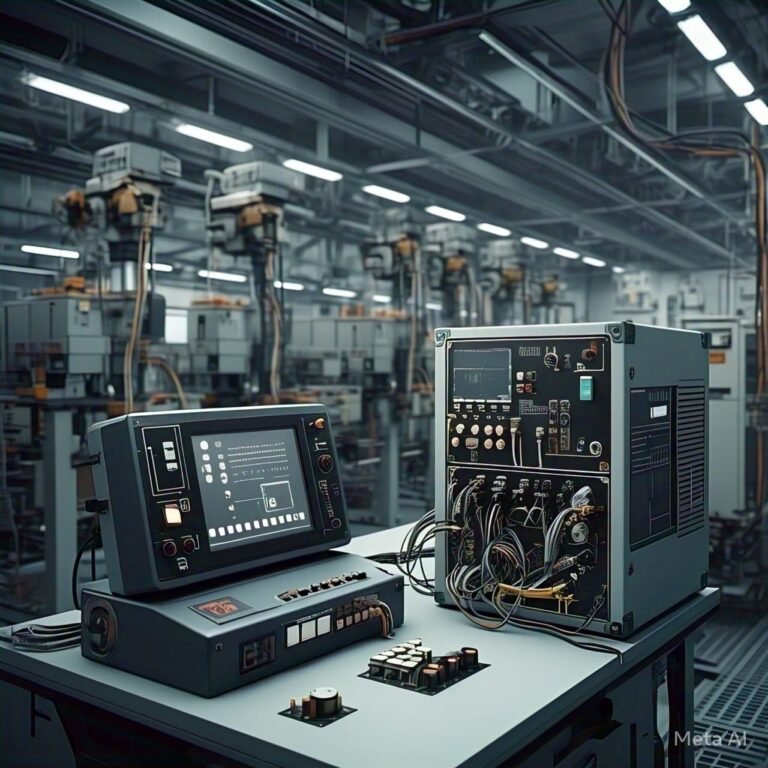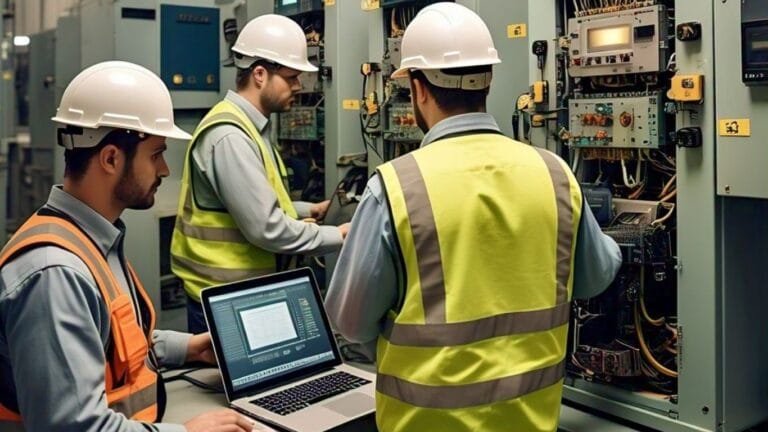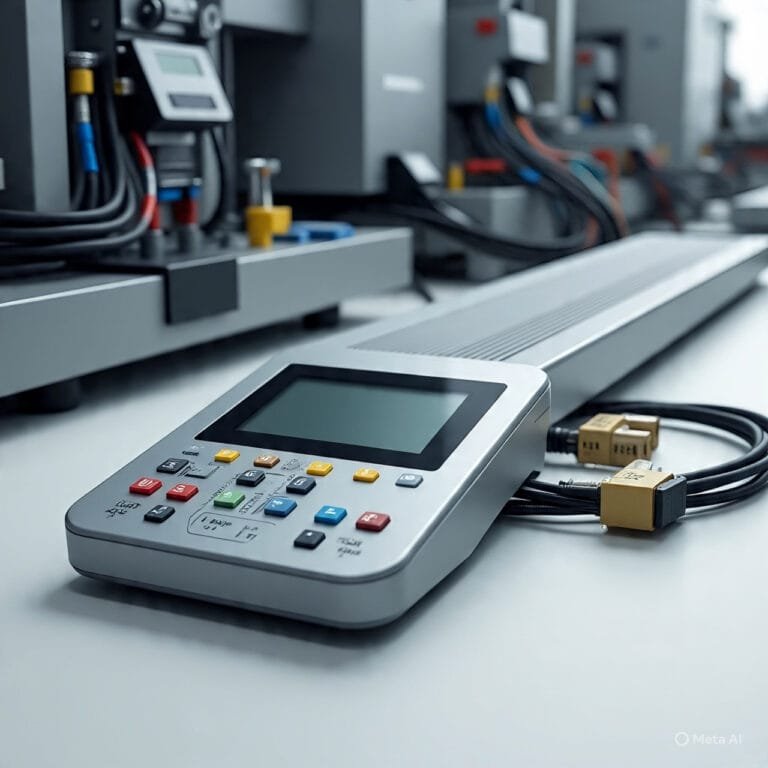How AI and Power Meters can Reduce Production Costs
Introduction
The global energy landscape is shifting rapidly. Rising demand for electricity, coupled with pressure on utilities and manufacturers to reduce costs, has driven innovation in power metering technologies. Power meters—whether used in households, industries, or large utility networks—are evolving from simple measuring devices into smart, connected, and cost-efficient systems.
One of the most significant enablers of this transformation is Artificial Intelligence (AI). By integrating AI into the design, production, and operation of power meters, manufacturers and utilities can not only improve performance but also reduce production costs. This creates a win-win situation: customers get smarter devices at competitive prices, while producers save money and resources.
Below, we’ll explore in detail how AI supports cost savings at every stage, from design and manufacturing to supply chain and operations.
1. Smarter Design and Component Optimization
Designing a power meter involves balancing performance, accuracy, durability, and cost. Traditionally, engineers rely on simulations and prototyping, which are both time-consuming and costly. AI changes this process by using machine learning models to analyze thousands of design variations quickly.
For example:
- AI can suggest cheaper but reliable components by analyzing stress, thermal performance, and durability.
- It can identify opportunities to reduce the bill of materials (BoM), such as using multipurpose chips or minimizing the number of discrete sensors.
- Predictive modeling ensures that devices are not over-engineered, which often happens when expensive components are used as a safety buffer.
By cutting unnecessary expenses in the design stage, companies can reduce the cost per unit without compromising quality.
2. Automated Quality Control in Manufacturing
Quality control (QC) is one of the largest cost centers in power meter production. Human inspection is slow, error-prone, and expensive. AI-powered computer vision systems can revolutionize this process.
- High-resolution cameras, combined with AI image recognition, can spot defects in sensors, displays, solder joints, and casings in real time.
- Machine learning models can predict when a particular machine or assembly line is about to produce defects, enabling preventive maintenance.
- Automated inspections reduce the number of faulty units entering the market, cutting down on warranty claims and returns.
This significantly reduces scrap rates, rework costs, and human labor expenses.
3. AI in Calibration and Testing
Every power meter must be calibrated to ensure accuracy. Traditionally, this process is labor-intensive and requires expensive test setups. AI enables self-learning calibration systems that adapt based on error patterns.
- Instead of manually testing each device at multiple load levels, AI algorithms can predict calibration factors with fewer data points.
- This reduces the time required per unit while ensuring higher accuracy.
- AI-based digital twins can simulate meter performance under different conditions, reducing physical testing.
The result: faster production cycles and significantly lower calibration costs.
4. Optimized Supply Chain and Inventory Management
Supply chain inefficiencies directly increase production costs. Components for power meters, such as microcontrollers, sensors, and communication modules, are often subject to price fluctuations. AI can help by:
- Forecasting demand more accurately, reducing excess inventory and last-minute purchases.
- Identifying cheaper suppliers with consistent quality.
- Predicting risks such as shipping delays or raw material shortages.
For example, if a specific chip used in power meters becomes expensive due to global shortages, AI can recommend alternative sourcing strategies before costs escalate.
5. Smart Features with Minimal Hardware
One of the most effective ways AI reduces production costs is by shifting functionality from hardware to software.
- Instead of embedding expensive chips or sensors, AI algorithms can infer patterns (such as load profiling or theft detection) from limited hardware data.
- For example, a basic meter with fewer sensors can still provide advanced analytics if paired with an AI model that processes raw signals.
- Edge AI chips are becoming cheaper and more efficient, allowing companies to integrate smart features without raising production costs.
This approach delivers high functionality at low hardware cost, which is vital in price-sensitive markets.
6. Energy Efficiency in Manufacturing
The cost of energy is a major factor in any manufacturing facility. AI-driven energy management systems can optimize the use of electricity during production and testing of power meters.
- AI can shift non-critical operations to off-peak hours.
- It reduces energy wastage by identifying inefficient equipment.
- Predictive maintenance avoids unplanned downtime and costly energy spikes.
Over time, the savings in energy consumption contribute to lower production costs per unit.
7. Longer Product Life, Fewer Returns
Power meters often come with warranties. When devices fail prematurely, manufacturers face replacement and repair costs. AI can extend product life by:
- Enabling meters to run self-diagnostics, identifying early signs of failure.
- Predicting when a meter may drift from accuracy standards and flagging it before total failure.
- Allowing firmware updates that fix software issues without costly recalls.
This reduces warranty claims and keeps customer satisfaction high.
| Area | Traditional Approach | AI-Enhanced Approach | Cost Savings Impact |
|---|---|---|---|
| Design Optimization | Manual prototyping and costly components | AI simulations recommend cheaper, optimized designs | Lower BoM, faster R&D |
| Quality Control | Human inspection, random checks | AI vision detects defects in real time | Less scrap, fewer returns |
| Calibration & Testing | Manual, time-intensive calibration | AI automates learning-based calibration | Faster production, reduced labor |
| Supply Chain | Reactive purchasing, overstocking risks | AI forecasts demand, finds cheaper suppliers | Lower procurement costs |
| Smart Features | Expensive hardware add-ons | AI software adds intelligence with fewer sensors | Reduced hardware costs |
| Manufacturing Energy | High, unmanaged energy use | AI optimizes power consumption in factories | Lower utility bills |
| Product Lifetime | Frequent failures, higher warranty claims | AI self-diagnostics & predictive maintenance | Fewer returns, longer lifespan |
8. Real-World Examples
Several global companies are already applying AI to power meters:
- Siemens integrates AI in its smart meters to enable predictive analytics while reducing hardware complexity.
- Schneider Electric uses AI-driven manufacturing for energy meters, cutting quality inspection times significantly.
- Huawei applies AI in both design and production, enabling low-cost yet feature-rich smart meters widely used in Asia and Africa.
These cases prove that AI adoption is not just theoretical—it is delivering tangible cost savings in the real world.
9. The Road Ahead
As AI tools mature, the opportunities for cost reduction in power meter production will expand further. Future directions include:
- Generative AI for circuit design, creating optimized layouts automatically.
- AI-powered chip replacement strategies, reducing reliance on expensive semiconductors.
- Self-healing meters, where AI algorithms repair software faults autonomously.
For manufacturers, the strategic adoption of AI is no longer optional—it is becoming the standard for competing in a cost-sensitive market.
Conclusion
AI has the potential to redefine the economics of power meter production. By optimizing designs, automating quality control, speeding up calibration, managing supply chains, and adding intelligence via software, AI helps manufacturers cut costs without compromising performance.
In addition, energy savings in factories and extended product lifetimes further strengthen profitability. The combination of cost efficiency and smarter features makes AI a game-changer for power meters in both developed and emerging markets.
For companies in the energy technology sector, embracing AI means not only lowering production costs but also delivering more competitive and sustainable products for the future.






